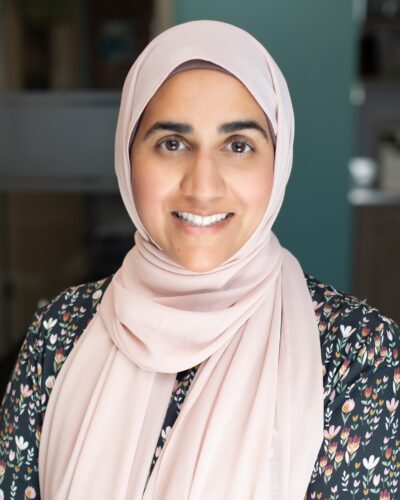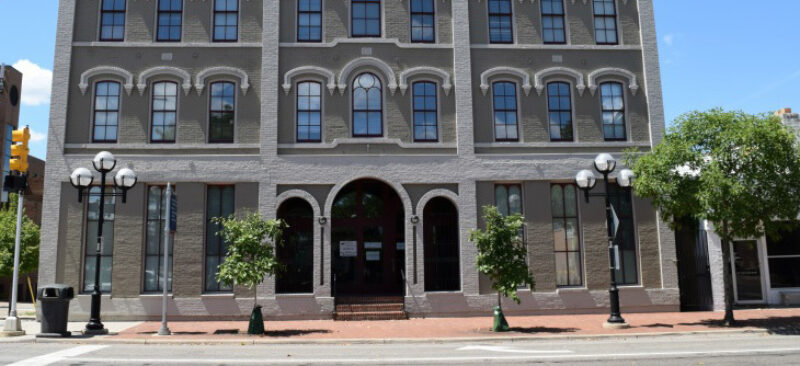October 14, 2020

by Amina Iqbal, Senior Community Investment Officer
For my second interview with AAACF, I was given a scenario: If the foundation was provided with a $1 Million gift from a supporter of racial and social justice, what were some of the initiatives I would propose to uplift young Black males in Washtenaw County (WC)? On my first day at AAACF, I asked my supervisor, Jillian Rosen, if the scenario sent to me was hypothetical or real. She said it was not only real, but in fact I’d be managing this very fund. I was excited and motivated! In my previous professional role as the ED of a Detroit based nonprofit, I saw firsthand the many layers of inequities and disparities that exist in the city, including the trauma and challenges families face on a daily basis due to systemic and structural racism.
When I began working with AAACF earlier this year, I was taken aback by the vast similarities between Ypsilanti and Detroit. How can it be that African Americans life expectancy is 13 years less than white residents of WC? Why do almost 60% of African-Americans in WC live in low opportunity areas with limited job growth? Commuting from Ypsilanti, where I would drop off my daughter at Washtenaw International High School (WIHI), and then driving to the AAACF office in Ann Arbor was an eye-opening experience. Within seven short miles, I could see an astounding change in demographics, the condition of roads and infrastructure and economic disparity. How could it be that WC can have such persistent inequities that show up as division and separateness? (WC County is ranked 80th out of 83 Michigan counties in terms of income equality.)

Washtenaw County's opportunity index tracks disparities in health, education and other areas across the county. Dark blue means very high opportunity, light blue is high opportunity, yellow is moderate opportunity, orange is low opportunity and red is very low opportunity. (Map courtesy of Washtenaw County Opportunity Index)
Recognizing the problem is only one part of the issue. The more important question is how can AAACF contribute to breaking down economic and racial barriers that exist in our backyard and become an agent of positive change in WC? We were so fortunate to have a $1Million start in a way to effect change.
The first step that we took to turn the anonymous gift into a reality for impact was to reach out to the community. We wanted to hear from them about their experiences, their challenges and their aspirations for their families, neighborhoods and the city. After over 30 conversations with young Black men, community leaders, organizers, educators, civic servants, mentors, pastors, mothers, fathers, guardians and caretakers, we launched The EmpowerMENt Fund.
The $1Million permanent endowment ($35,000 in annual grants) will support efforts that uplift young Black males in WC while promoting their educational success. Education is a primary driver of economic success. However, when the access to education is not equal, as is the case in Washtenaw County, then the children from such areas have fewer opportunities and have an uphill battle to achieve economic success and prosperity. While education was a focus of the donor, I also know from my past professional experience and training that education is indeed a key to advancing equity and enriching lives in all aspects.
Through the medium of this blog, we hope to share our plans and efforts to enable a positive, long lasting, systemic change in this community. I am reminded of the words of one of our committee members, Tabitha Bentley who said recently, “In the end, the systems and structures are made up of people, and in order for the system to change, the people need to change.”
I am looking forward to being an agent of this change along with AAACF. We hope you’re inspired by our vision of a community where Black men and boys know they are valued and are supported to achieve the fullest expression of their hopes and dreams. Together, we believe we can interrupt the continued disinvestment in young Black men locally.
We stand as one. When one part of the body suffers then the whole body feels the pain. We stand united. Onward!

